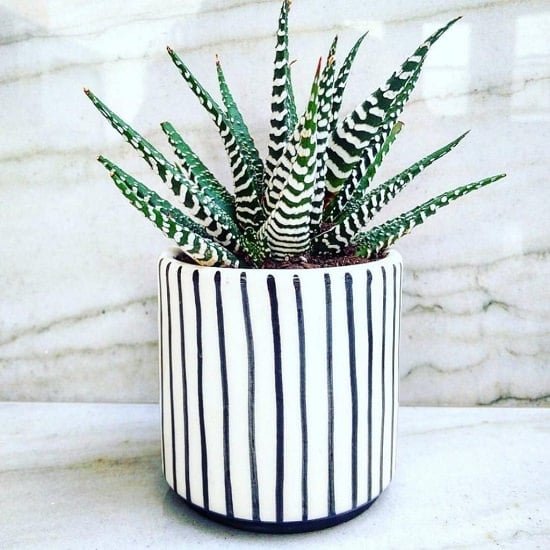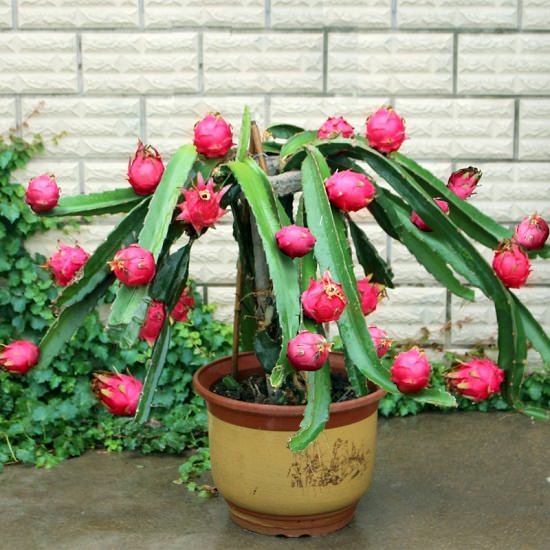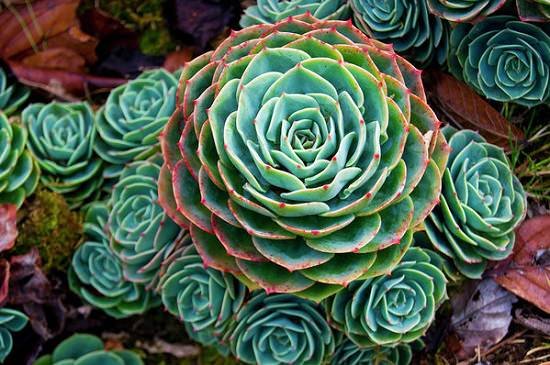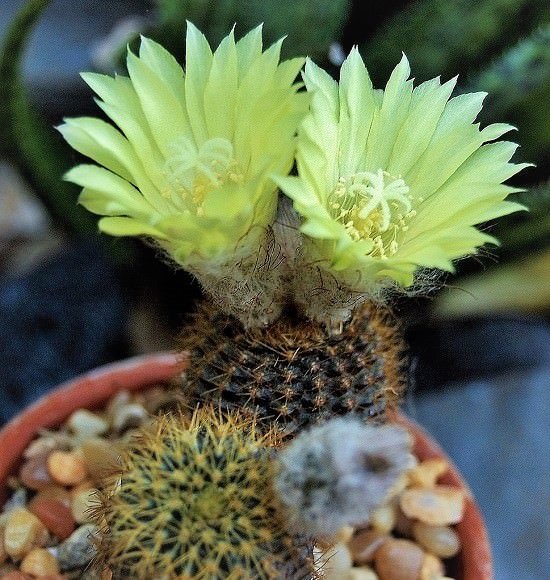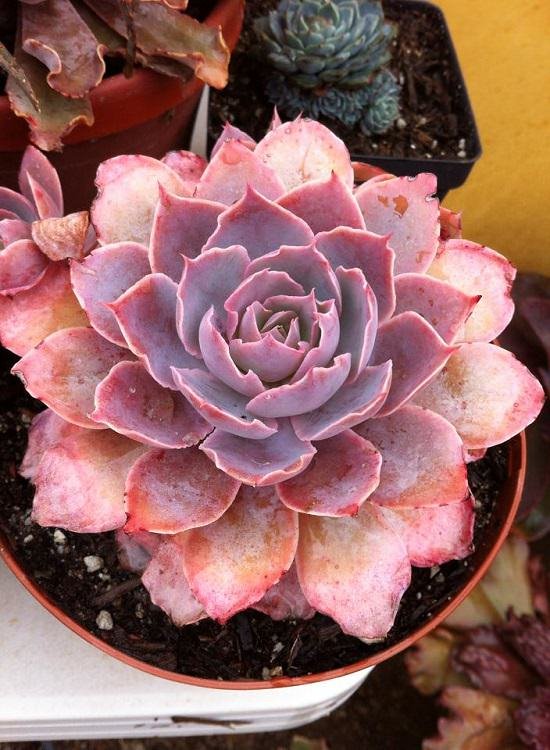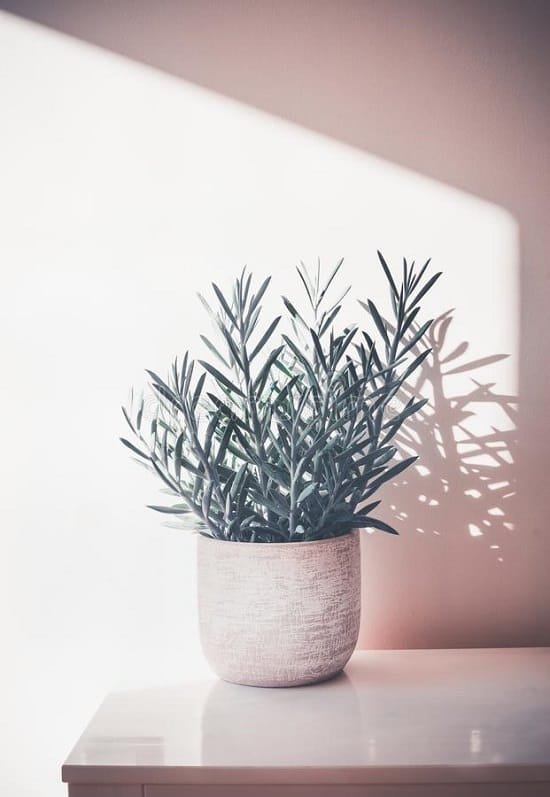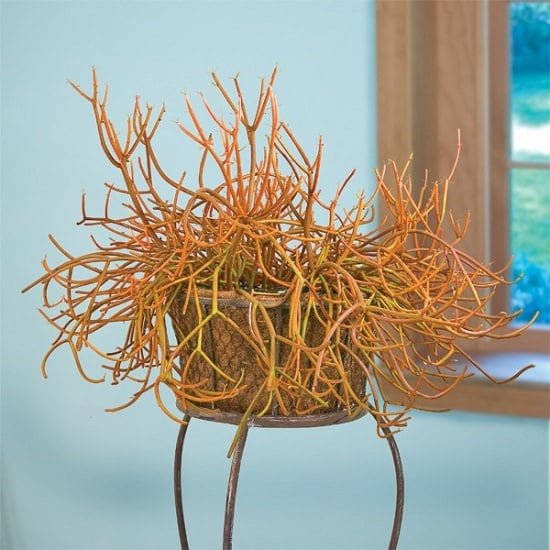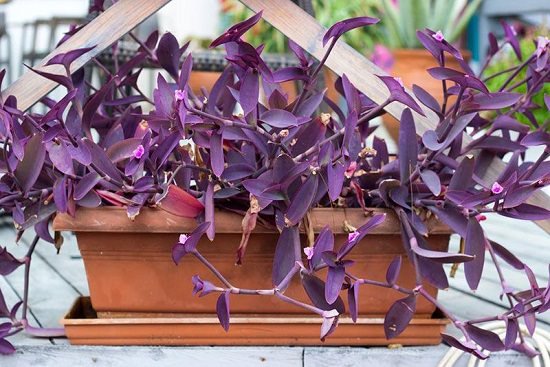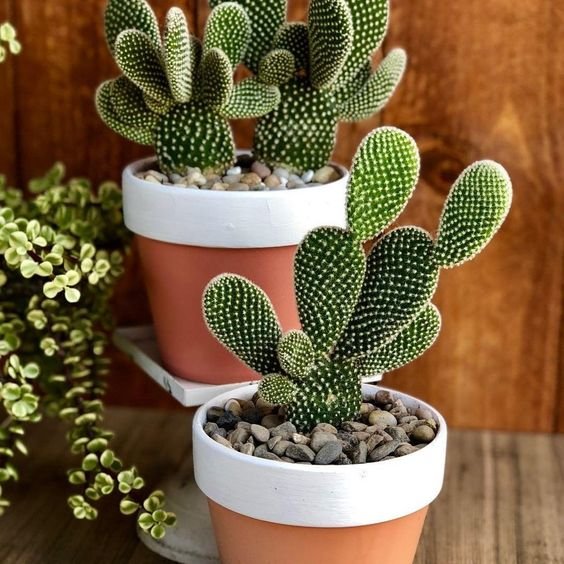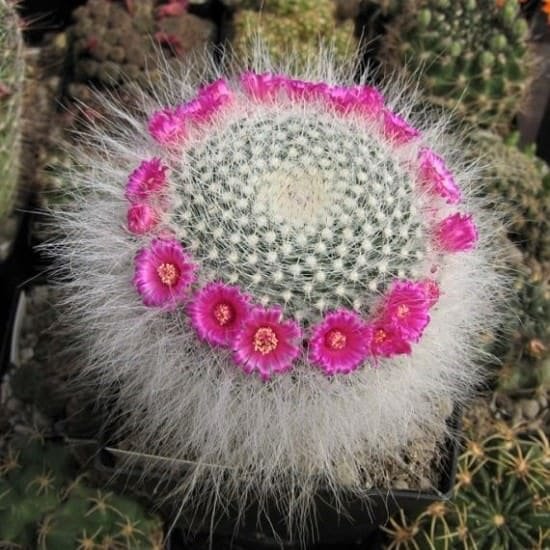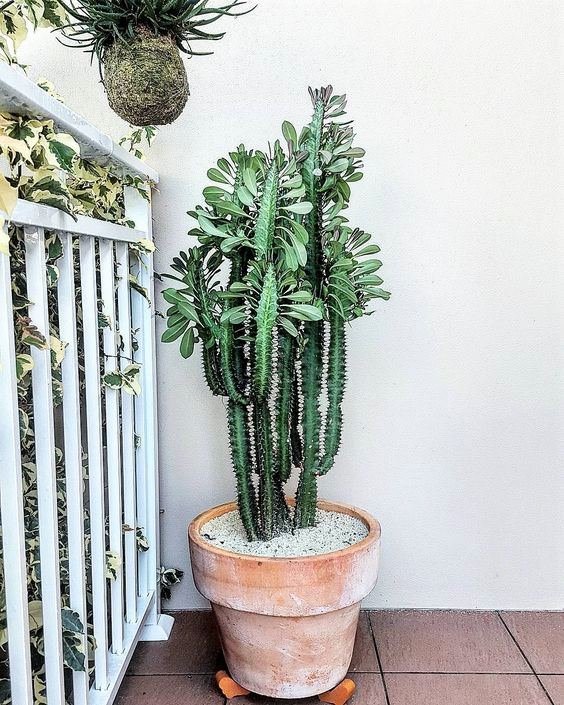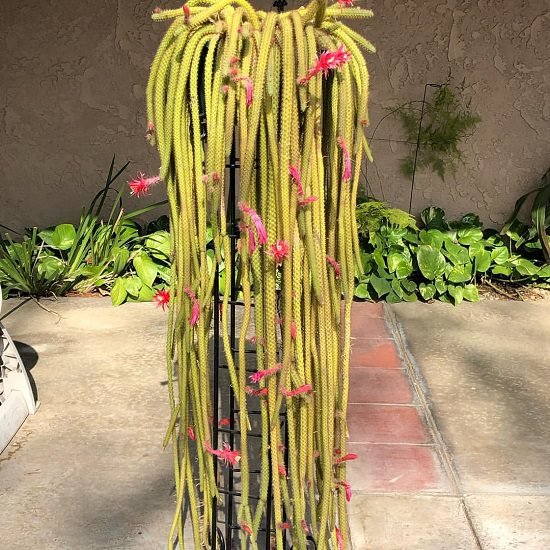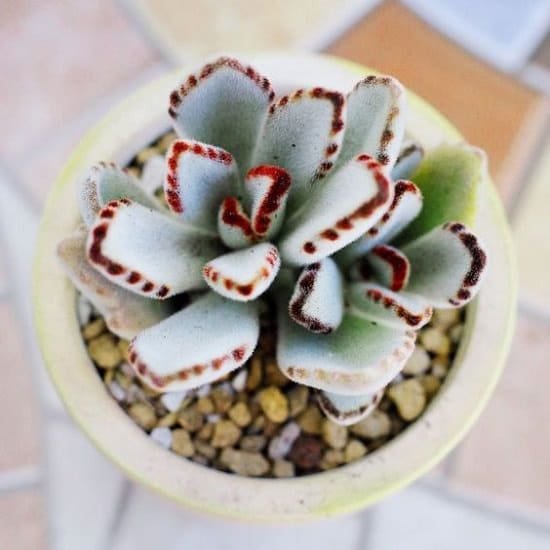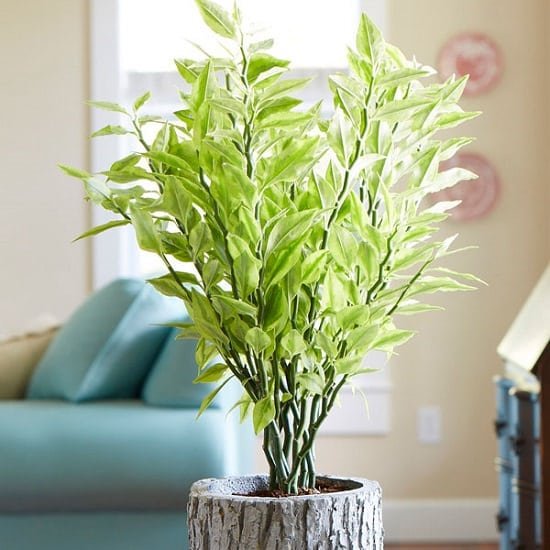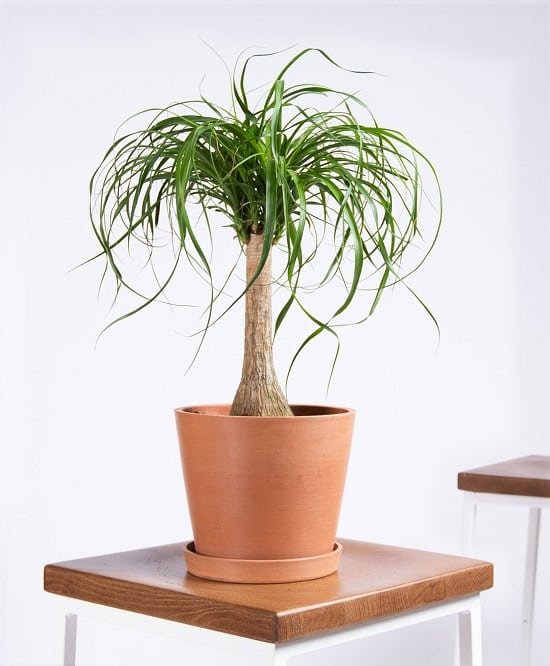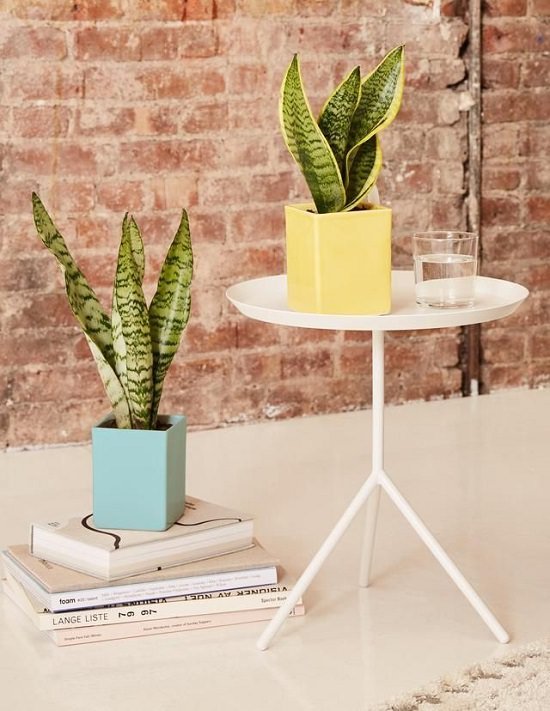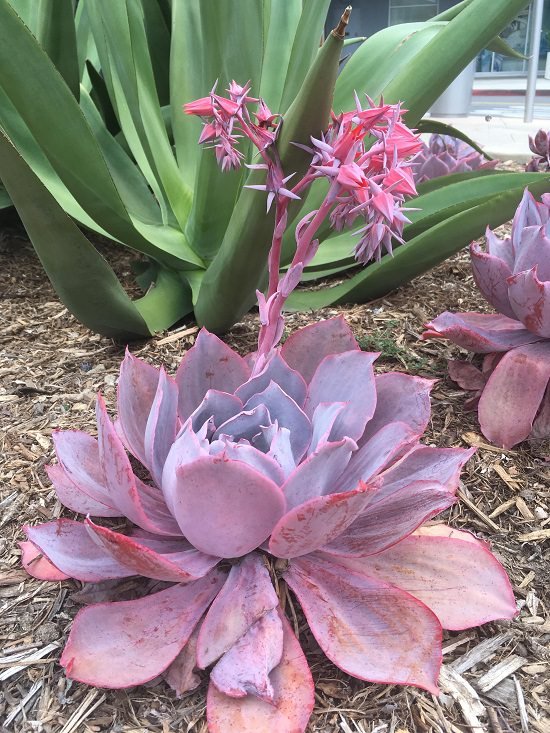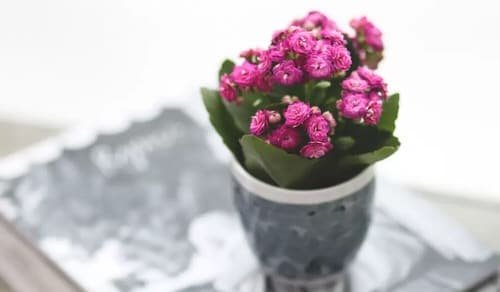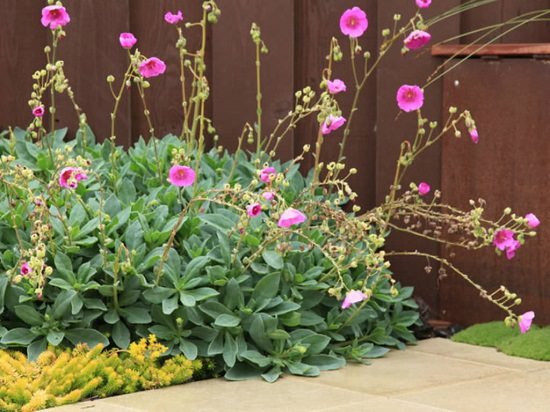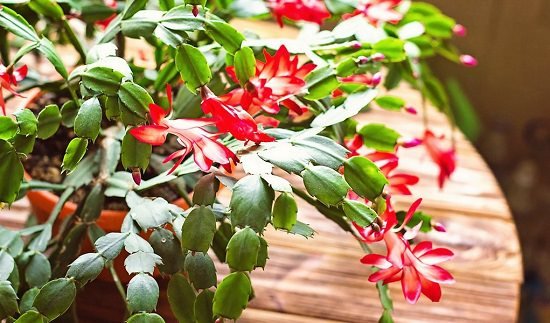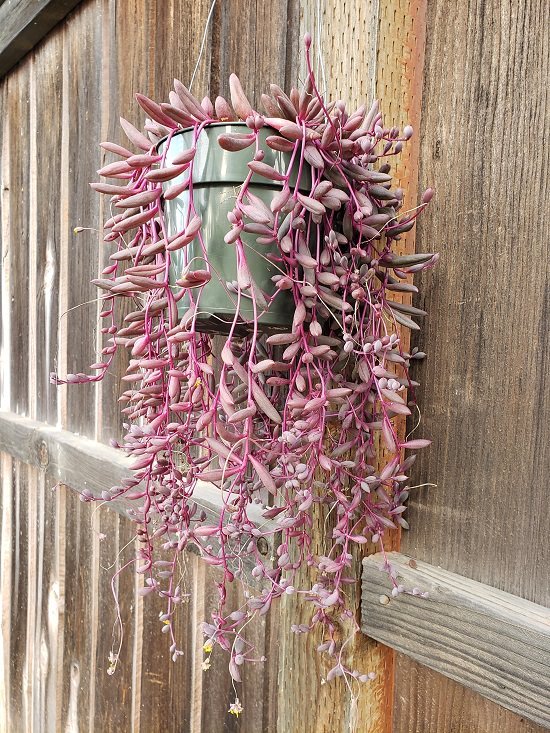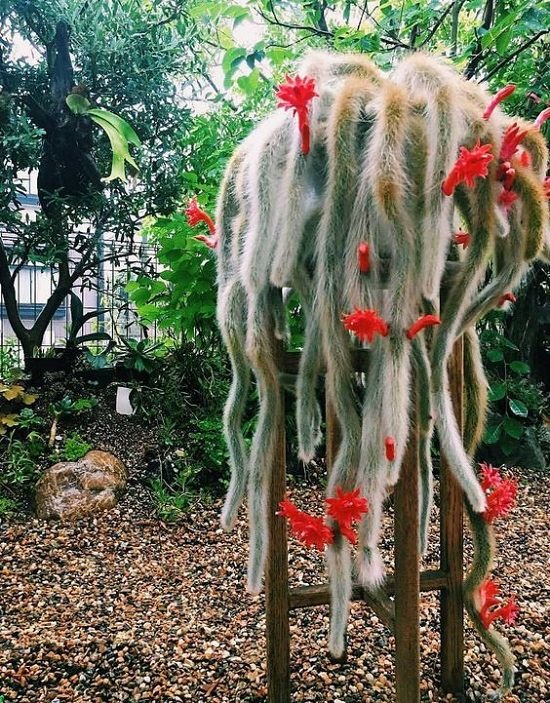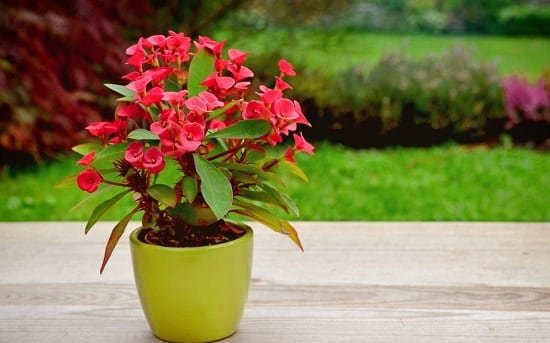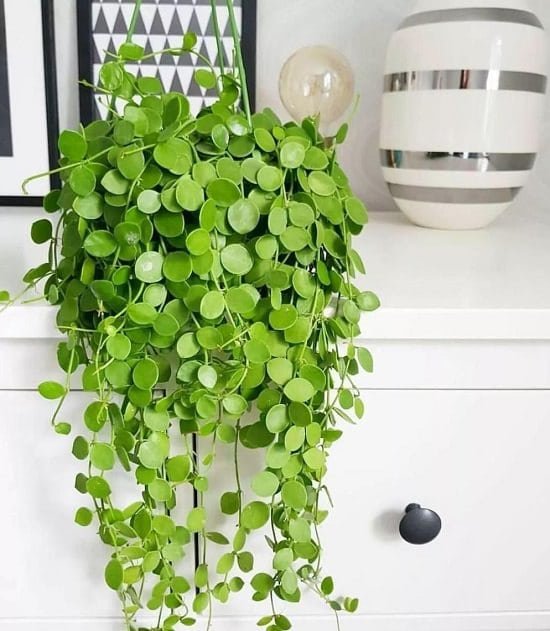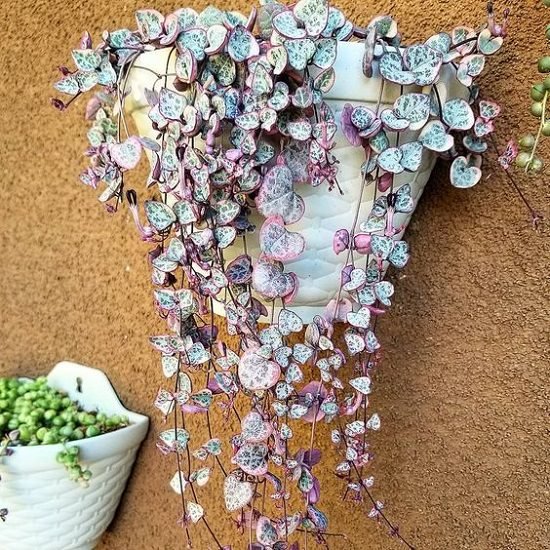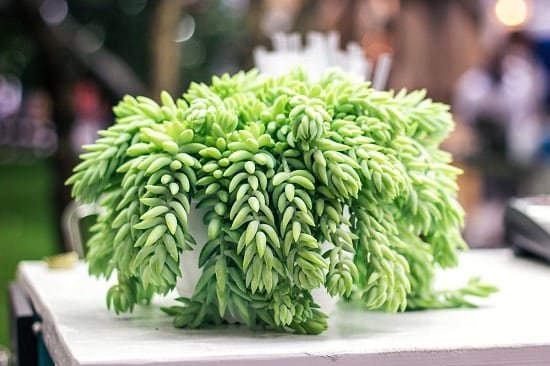Learn about 31 Types of Succulents and Cacti you can grow in your garden or indoors in this informative post.
Types of Succulents
When it comes to the types of succulents, you can divide them by the most popular genera. Some of the important ones are below:
1. Aeonium
Aeoniums are succulent plants with rosette-shaped clusters of fleshy, colorful leaves. They require minimal care and are perfect for both indoor and outdoor gardens, adding beauty and a touch of nature to your space.
2. Agave
Agave stands tall with thick, spiky leaves that sprout from the base in a symmetrical arrangement. Its leaves can be smooth or jagged, adding a bold, sculptural presence to gardens.
3. Aloe
The long, pointed leaves are often green, but some varieties boast striking white spots or stripes. These leaves contain soothing gel and can vary in length and shape.
4. Crassula
The plumped leaves come in an array of forms, from stacked cylinders to rounded rosettes. Their colors span from deep greens to silvery grays, providing diverse visual appeal.
5. Euphorbia
Euphorbia showcases peculiar, geometric stems adorned with small, leaf-like structures. Some have thorns, while others feature smooth surfaces, adding intrigue to any succulent collection.
6. Echevería
The rosettes exhibit a wide color palette, from vibrant greens to purple and pink hues. Their unique leaf shapes range from spoon-like to intricate frills, making them stand out.
7. Haworthia
The compact leaves form dense clusters, often with translucent “windows” that allow sunlight to filter through. These windows come in various shapes, creating distinctive patterns.
8. Lithops
Lithops, often called “living stones,” resemble small, camouflaged pebbles. Their two succulent leaves are fused, creating a mimicry of stones found in their native habitats.
9. Sedum
Sedum’s trailing stems or upright rosettes vary in texture, from powdery to glossy. Some sedum species display vibrant, seasonal flowers, adding charm to the plant’s appearance.
10. SempervivumAlso known as “hens and chicks,” form tight rosettes with fleshy leaves. They produce offsets around the mother plant, creating a charming, clustered effect in various colors and sizes.

